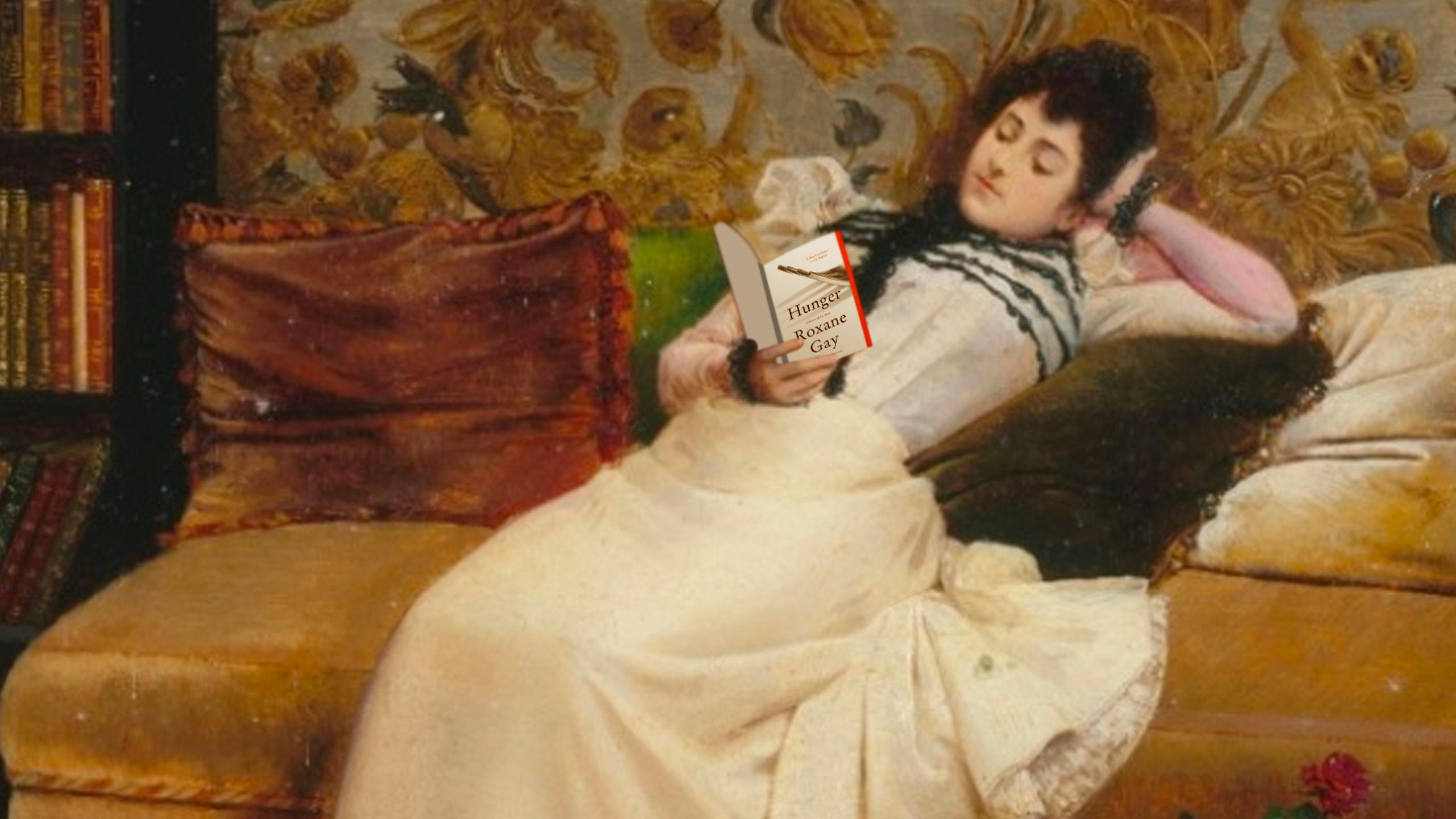By Maria Couto
Why oh why did American author John Green get away with writing: “I stared, stunned partly by the force of the voice emanating from the petite (but God, curvy) girl and partly by the gigantic stack of books that lined her walls,” about a minor in Looking for Alaska? The text, of course, is written from the perspective of a teenage boy, but that is exactly the issue with male cisgender, heterosexual authors who write about women: writing from the lens of the male gaze is kind of their thing.
The stereotypical ‘manic pixie dream girl,’ which comes from this lens, is one who is both ‘traditionally’ beautiful and smart—but only in the way that she reads literature written by misogynists from the early-20th century. Male authors tend to write these characters as one-dimensional (no matter how they might be disguised) and in a way that somehow fits the traditional “desirability” standard created by them.
Thankfully, there are a few authors who have broken free from this narrow perspective and instead, write from the female lens, encapsulating the radical notion that those who identify as women are subjects, not objects.
Here are five books that do not sexualize women, but instead establish them as intelligent, well-rounded (not ‘curvy’) individuals.
Emma by Jane Austen
How could this list not start off with an original text from the queen of agency herself? This book stands out from others from its time as it was published in 1815, when male authors and perspectives dominated the literary world. In the novel, Austen gives the women, especially Emma, a characterization that translates the fact that women are clever and complex beings who are deserving of respect and love from their partners. This sweet story follows Emma Woodhouse who lives to play matchmaker for everyone around her, yet struggles to see her own perfect match right under her nose.
The Right Swipe by Alisha Rai
We love a strong, successful woman and a man in touch with his feelings who goes to therapy. In The Right Swipe, Rhiannon Hunter is the CEO of a dating app and her company is looking to acquire the business of handsome Samson Lima’s aunt. This novel does not have a man swoop in to save the woman, nor does it make the woman an untouchable force, but lets the two come together to form a partnership in both business and pleasure.
I’m Afraid of Men by Vivek Shraya
Vivek Shraya’s memoir is indicative of the frightening reality for women—especially trans women of colour—who live in a world full of men who could be capable of harming them at any given moment for any given reason. In the memoir, Shraya recounts: “I’m afraid of men because it was men who taught me to hate and eventually destroy my femininity,” a truth that the male gaze perpetuates through its narrow and often unrealistic expectations, apparent in mainstream literature. This memoir is a powerful rejection of the male gaze and the danger it brings to those who do not conform to it. Shraya unlearns the self-hatred she was conditioned to feel and finds, through her own eyes, what femininity means to her.
Honey Girl by Morgan Rogers
It turns out that what happens in Vegas actually follows you back home. Vacationing there after receiving her PhD in astronomy, Grace Porter parties a little too hard and wakes up not only hungover, but married. This puts her on a journey to find out who she is without school as a crutch or the rigid expectations of her father. It is none other than her wife who helps break Grace out of her shell and realize her true desires. Not only does this novel represent the female gaze but the queer gaze as well, celebrating queer femme relationships instead of fetishizing them.
The Female Persuasion by Meg Wolitzer
The Female Persuasion follows Greer Kadetsky as she matures into her relationships, friendships and career ambitions. This novel allows its female-identifying characters the space to grow up and make mistakes. Greer is not a ‘dream girl’ by any means but is representative of how women can do both good and bad as they mature, and that those ‘bad’ decisions do not necessarily make them ‘bad girls.’ Additionally, it critiques the male gaze by portraying the damaging effects of it on teenage girls who struggle to live up to the expectations imposed on them by cis-het men.











Leave a Reply